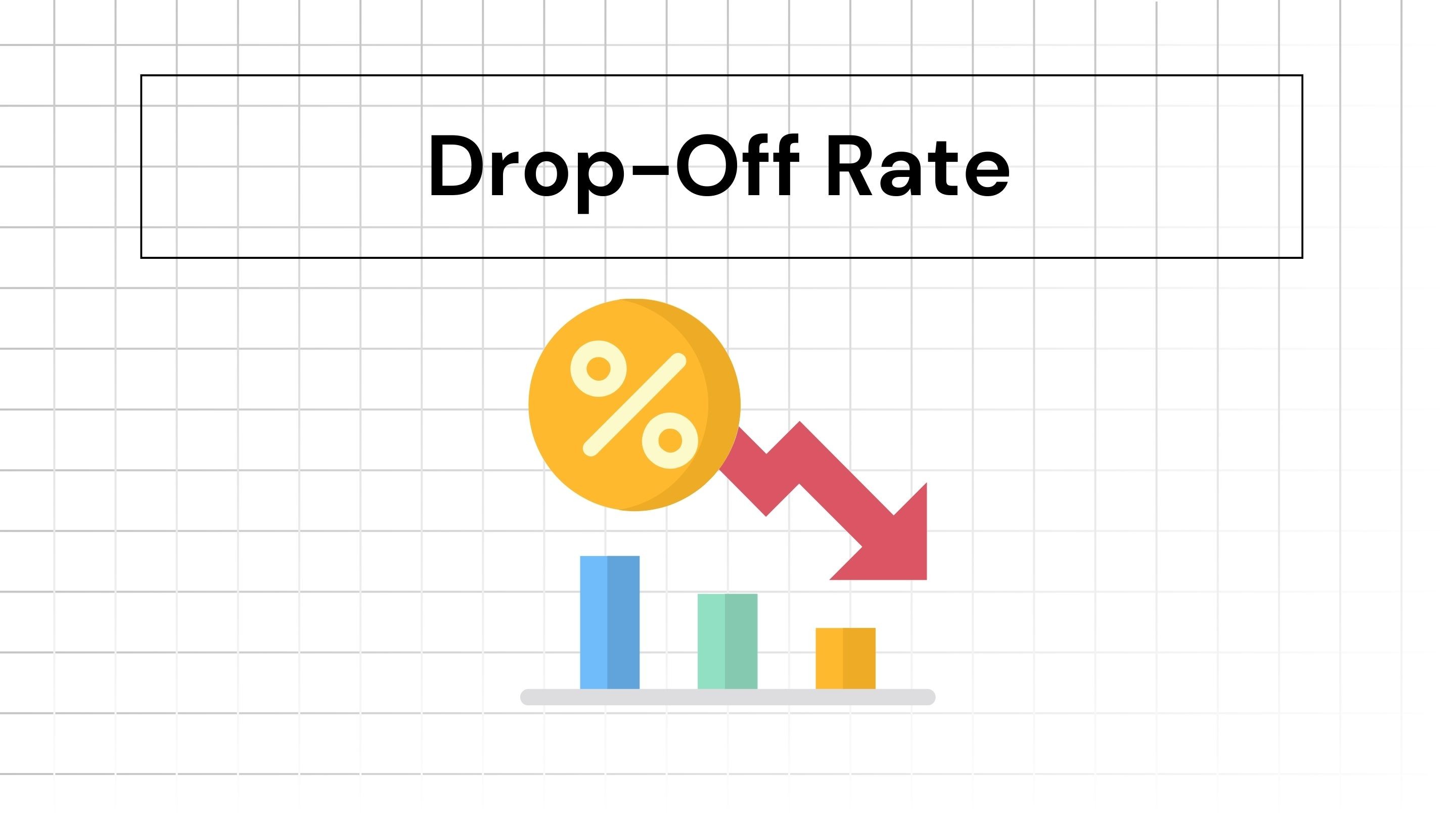
Iterate AI
Jan 27, 2025
What is Drop-Off Rate?
Drop-off rate refers to the percentage of users or visitors who leave a process, platform, or page without completing a desired action. You have to define what is considered as drop-off rate for your products. This metric is commonly used in various contexts, such as:
E-commerce: When a potential customer adds items to their cart but leaves without completing the purchase.
Websites: When visitors land on a page but leave without engaging further (e.g., without clicking, signing up, or navigating to other pages).
Mobile Apps: When users install an app but stop using it after a short period.
Marketing Funnels: When prospects stop engaging at a specific stage of a sales or marketing funnel.
A high drop-off rate indicates that something in your process, content, or user experience is causing users to abandon their journey.
Why Does Drop-Off Rate Matter?
Understanding and optimizing drop-off rates is vital for several reasons:
Revenue impact: In e-commerce, every drop-off represents a lost sales opportunity. Reducing drop-offs directly translates into higher conversions and revenue.
Customer retention: A high drop-off rate could indicate dissatisfaction, confusion, or frustration. Analyzing drop-off points in the user journey provides valuable insights into behavioral patterns and areas for improvement. Reducing it can enhance customer satisfaction and foster long-term loyalty.
Campaign effectiveness: For marketing campaigns, drop-off rates help you measure how well your messaging and targeting are working.
Cost efficiency: Acquiring new users or customers is costly. Lowering the drop-off rate maximizes the value of your existing traffic or audience.
Common Reasons for High Drop-Off Rates
Several factors contribute to high drop-off rates, including:
Poor User Experience: Cluttered interfaces, slow-loading pages, and confusing navigation can frustrate users, leading them to abandon the process.
Lack of Trust: Users may hesitate to complete a transaction if your platform lacks credibility, such as secure payment options or customer reviews.
Complex Processes: Lengthy forms, multiple steps, or unclear instructions can overwhelm users and cause them to exit prematurely.
Irrelevant Content: If users feel that the content or offering doesn’t align with their expectations, they’re unlikely to stay engaged.
Technical Issues: Broken links, crashes, or bugs can disrupt the user experience and push users away.
Pricing or Hidden Costs: Unexpected fees or high prices can cause cart abandonment in e-commerce settings.
Device or Browser Compatibility: A lack of optimization for mobile devices or specific browsers can hinder accessibility and lead to drop-offs.
Strategies to Reduce Drop-Off Rates
Fortunately, there are numerous ways to tackle high drop-off rates effectively:
Optimize User Experience
Simplify Navigation: Ensure your website or app is intuitive and easy to navigate. Use clear menus, call-to-action buttons, and a clean layout.
Improve Page Speed: Compress images, use a content delivery network (CDN), and minimize code to reduce loading times.
A/B Testing: Experiment with different layouts, headlines, and designs to determine what resonates best with your audience.
Build Trust
Show Social Proof: Include customer testimonials, reviews, and trust badges.
Ensure Data Security: Use SSL certificates and display secure payment icons to reassure users.
Simplify Processes
Shorten Forms: Ask only for essential information to reduce friction.
Streamline Checkouts: Offer guest checkout options and support multiple payment methods.
Provide Clear Instructions: Use tooltips, progress bars, and concise instructions to guide users through multi-step processes.
Personalize Content
Leverage Analytics: Use data to understand user behavior and preferences.
Dynamic Content: Offer personalized recommendations, such as products or blog posts based on user activity.
Resolve Technical Issues
Regular Testing: Conduct frequent usability and compatibility tests.
Monitor Performance: Use tools like Google Analytics to track drop-off points and identify problem areas.
Address Pricing Concerns
Be Transparent: Display total costs upfront, including taxes and shipping fees.
Offer Discounts: Use promotional codes or free shipping incentives to reduce price-related hesitations.
Enhance Mobile Experience
Responsive Design: Ensure your site or app works seamlessly across all devices and screen sizes.
Mobile-First Approach: Prioritize features and designs that cater to mobile users, as they often make up a significant portion of traffic.
Measuring and Analyzing Drop-Off Rates
To effectively reduce drop-off rates, you must first measure and analyze them. Here are some tools and techniques:
Product Analytics: Track user behavior, including bounce rates, exit rates, and conversion paths via product analytics
Use Iterate AI for product analytics
Does setting up an analytics software like Amplitude make you overwhelmed? Don’t worry about coding or creating events. You can do both with just a click of a button. Schedule a demo to see for yourself.
Heatmaps: Tools like Hotjar or Crazy Egg provide visual representations of user interactions, highlighting areas of engagement or abandonment.
Session Recordings: Watch real user sessions to understand pain points.
Surveys and Feedback: Directly ask users why they didn’t complete a desired action.
